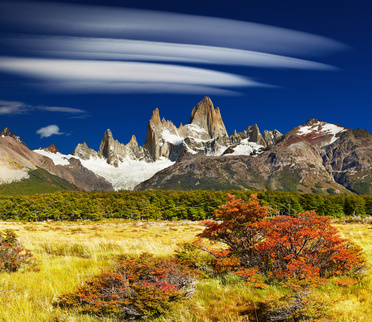Succession is one of the main cyclical processes of a forest ecosystem. This includes primary succession. It occurs on soil that is bare and often nutrient free and ends up in a climax forest. I say this is a cyclical process because ever since the Pleistocene area or Quaternary period (and maybe before this as well) which started about 1.7 to 2 million years ago, the British Iles have experienced about seven glacial periods and about seven inter-glacial periods. The Devensian glacial ended about 10 000 years ago and the Flandrian interglacial, being the last interglacial period and the one that we live in today (Basic Bio-Geography p 220-221).
The Devensian ice sheet left many areas where colonizers could grow. What kind of colonizers and how long primary succession process took would depend entirely on what kind of surface the retreating ice sheet left. If it left stones and boulders then the colonizers would at first be lichens and mosses which would cling to the rock. This would develop into soils in small cracks and crevasses. Weathering of rocks would them deepen the soil along with particles blown in by wind and this after thousands of years would allow the first vascular plants to take root.
If the soil is much finer say composed of clays or silt then succession will be much quicker and herbs of the dicotyledon type will emerge or perhaps even grasses. Often nitrogen fixing species such as horse tail often are excellent in increasing a soil’s fertility, to make way for the preparation of shrubs. Shrubs encourage birds nests and in some cases of primary succession there is a phase of mid succession species such as hawthorn and rowan (since they have berries that contain seeds dropped by birds nesting in shrubs) before the main canopy of elm, ash and oak.
